Emergence of New Market Segments
The Aerospace Insurance Market is witnessing the emergence of new market segments, particularly in the realm of unmanned aerial vehicles (UAVs) and space exploration. As the use of drones for commercial purposes expands, there is a growing need for tailored insurance solutions that address the unique risks associated with UAV operations. Additionally, the burgeoning space industry, with increased satellite launches and commercial space travel, presents new opportunities for insurers. In 2025, the market for UAV insurance is expected to grow significantly, prompting insurers to innovate and create specialized products that cater to these evolving segments, thereby enhancing overall market dynamics.
Increasing Demand for Air Travel
The Aerospace Insurance Market is experiencing a notable surge in demand for air travel, driven by a resurgence in passenger numbers and cargo transport. As airlines expand their fleets to accommodate this growth, the need for comprehensive insurance coverage becomes paramount. In 2025, the number of commercial aircraft is projected to reach approximately 39,000, necessitating robust insurance solutions to mitigate risks associated with accidents, damages, and liabilities. This increasing demand for air travel not only enhances the market for aerospace insurance but also compels insurers to innovate and tailor their offerings to meet the evolving needs of airlines and operators.
Advancements in Aviation Technology
Technological advancements in aviation are significantly influencing the Aerospace Insurance Market. Innovations such as artificial intelligence, machine learning, and predictive analytics are enhancing risk assessment and management processes. Insurers are leveraging these technologies to analyze vast amounts of data, leading to more accurate underwriting and pricing strategies. For instance, the integration of real-time data from aircraft systems allows insurers to monitor operational risks more effectively. As the industry embraces these technological changes, the demand for specialized insurance products that address new risks associated with advanced aviation technologies is likely to increase, thereby expanding the market.
Regulatory Changes and Compliance Requirements
The Aerospace Insurance Market is also shaped by evolving regulatory frameworks and compliance requirements. Governments and aviation authorities are continuously updating safety regulations, which in turn affects insurance policies. For example, stricter safety standards for aircraft operations may lead to increased insurance premiums as insurers adjust to higher liability risks. In 2025, it is anticipated that regulatory bodies will implement more stringent guidelines regarding environmental impacts and safety protocols, compelling insurers to adapt their offerings. This dynamic regulatory landscape creates opportunities for aerospace insurers to develop specialized products that align with compliance needs, thus driving market growth.
Focus on Risk Management and Mitigation Strategies
The Aerospace Insurance Market is increasingly focusing on risk management and mitigation strategies as a response to the complex nature of aviation risks. Insurers are prioritizing the development of comprehensive risk assessment frameworks that encompass various factors, including operational, environmental, and technological risks. This proactive approach not only aids in minimizing potential losses but also enhances the overall resilience of the aviation sector. In 2025, it is projected that insurers will invest more in risk management tools and services, thereby fostering a culture of safety and accountability within the industry. This emphasis on risk mitigation is likely to drive demand for specialized insurance products that align with these strategies.


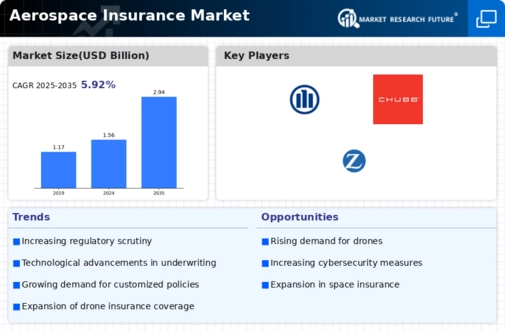
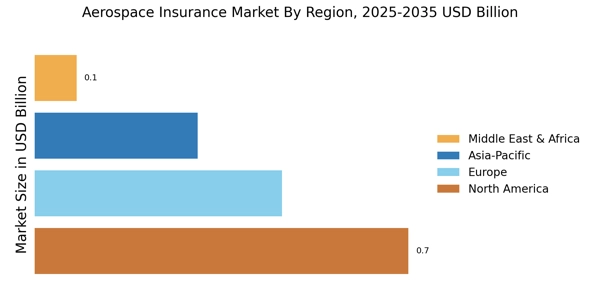
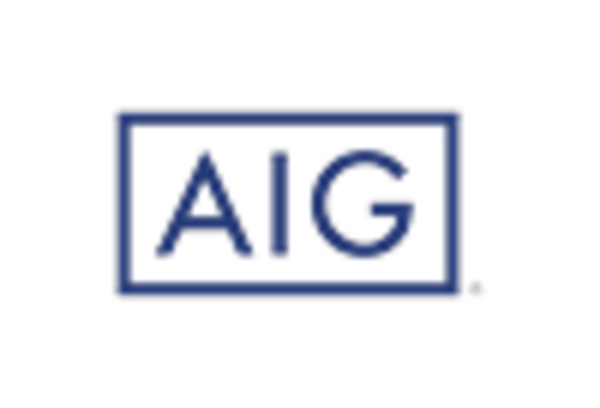
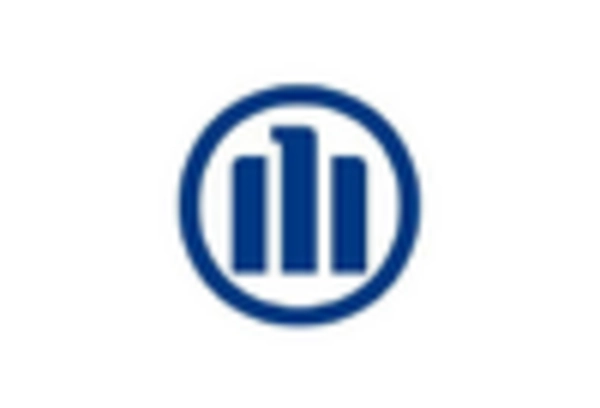


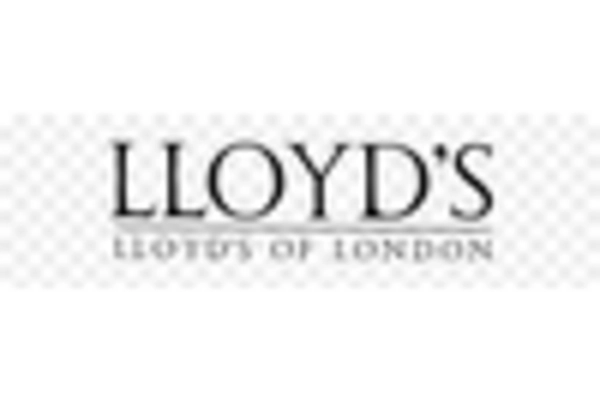









Leave a Comment